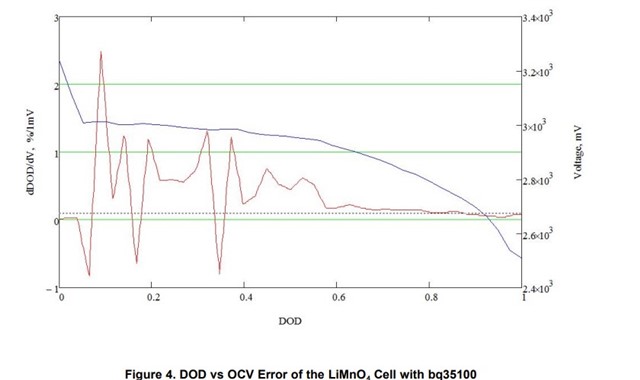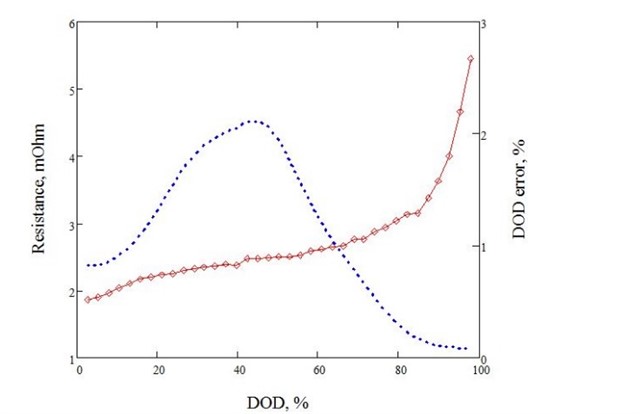Tool/software:
Hi
My customer are using coin battery, 3V/1000mAh. The requirement for the gauge is < 3% error when bettery close to EOS.
in this document Alternative Gauging Techniques for Flow Meters and the Benefits of the bq35100
this figure show less than 1% error when close to EOS, is this figure uisng State-of-health (SOH) algorithm or Coulomb accumulation (ACC) algorithm

Also this figure show less than 1% error when close to 100% DOD, is it using State-of-health (SOH) algorithm ?

Comparing to State-of-health (SOH) algorithm, will Coulomb accumulation (ACC) algorithm be more accurate when battery close to 100% DoD ?

